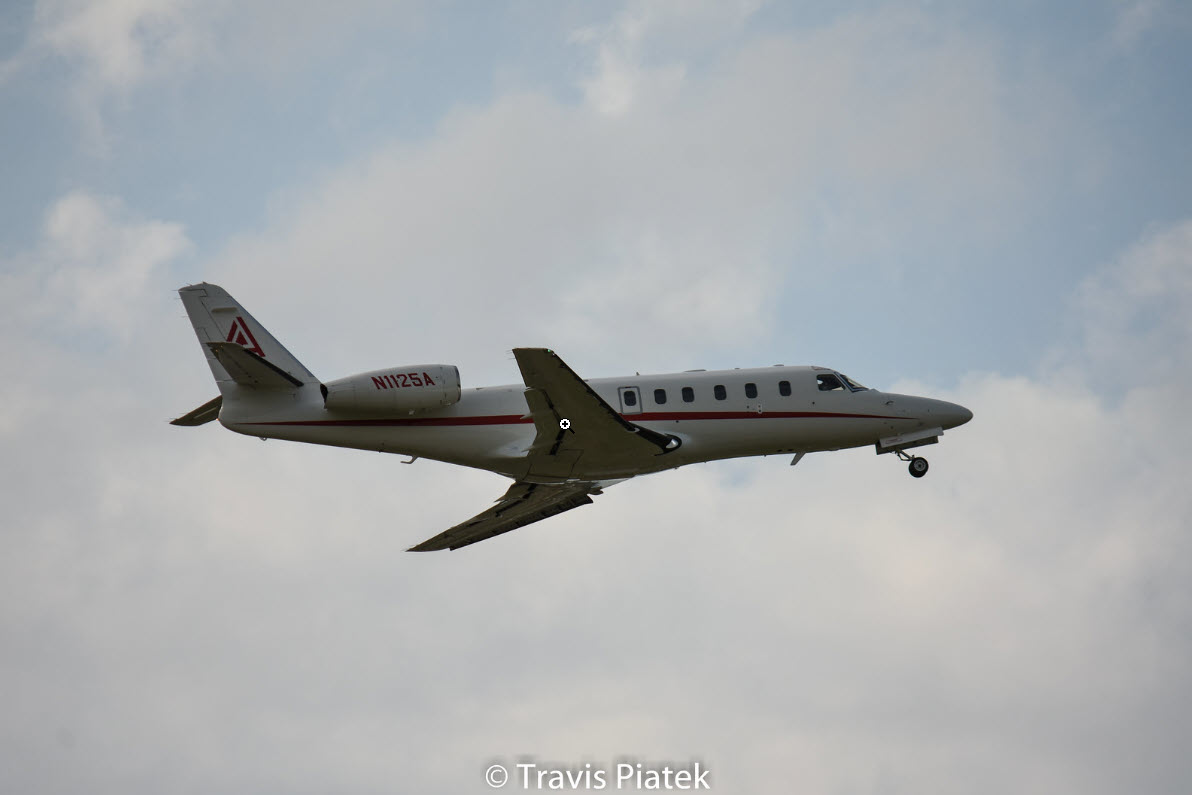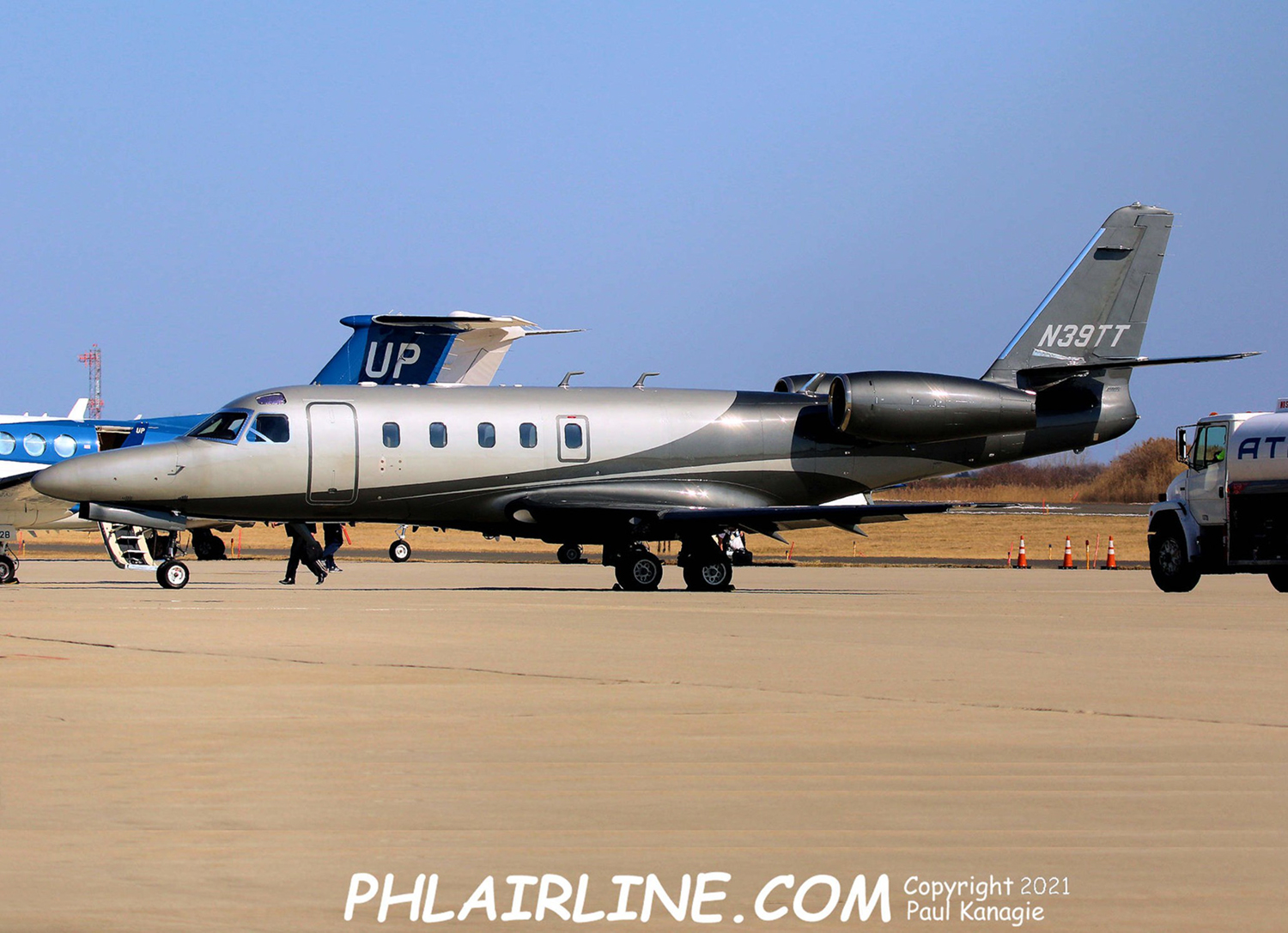Crash of an IAI-1125 Astra in Hot Springs: 5 killed
Date & Time:
Mar 10, 2024 at 1457 LT
Registration:
N1125A
Survivors:
No
MSN:
51
YOM:
1990
Crew on board:
2
Crew fatalities:
Pax on board:
3
Pax fatalities:
Other fatalities:
Total fatalities:
5
Circumstances:
The airplane departed Fort Lauderdale-Hollywood International Airport Runway 28R at 1346LT with five people on board. It continued to the north at FL390 then successively descended to FL370 and FL330 when the crew encountered an unexpected situation and elected to divert to Hot Springs-Ingalls Field, Virginia. On final approach, the airplane went out of control and crashed in a wooded area located few km short of runway 25. The airplane was totally destroyed by impact forces and a post crash fire and all five occupants were killed, among them one child.





